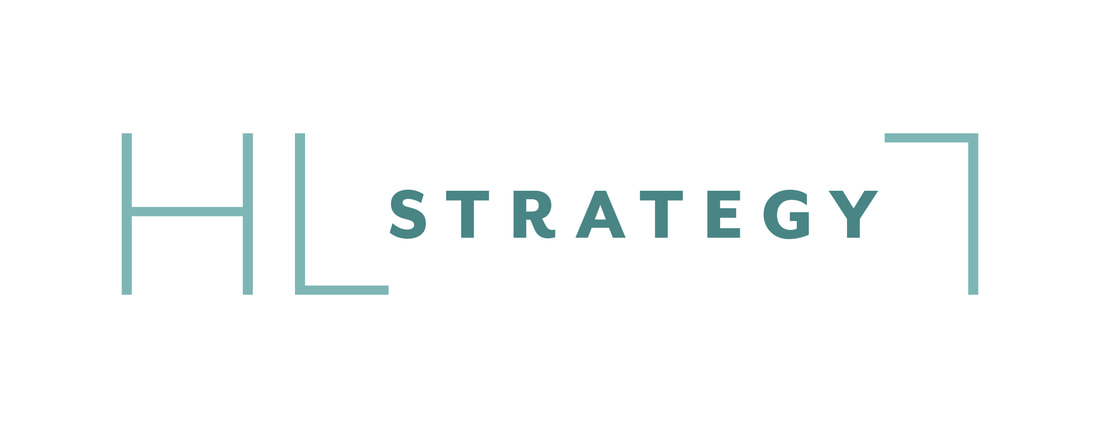SOLVING Our Greatest Challenges
American businesses and consumers are looking for solutions, and the Georgia Forestry Association is focused on positioning working forests as the answer
By Matt Hestad
Spring 2021
Photo Credit RAFTERMEN PHOTOGRAPHY
Spring 2021
Photo Credit RAFTERMEN PHOTOGRAPHY


